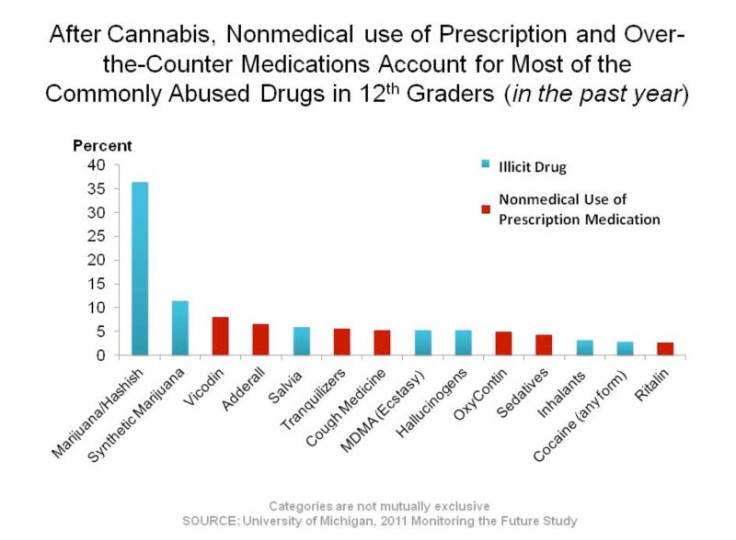Greater Healthcare Access Ups Opioid Abuse: Will Obamacare Increase Narcotics Addiction?

A wider availability of life-saving health care promised by the Affordable Care Act comes with some short-term caveats: a severe shortage of doctors and nurses is exacerbated, some subscribers are compelled to migrate to costlier coverage, and the rate of prescription drug abuse rises.
In studying prescription drug abuse, investigators at the Indiana University-Purdue University focused on Indiana given its unique prescription drug monitoring system. In findings presented to public health experts in Boston Tuesday, Eric Wright says greater access to healthcare brings higher rates of opioid abuse and associated problems.
"Our study clearly underscores that the broader problem of prescription opioid abuse in Indiana is, in part, an 'iatrogenic epidemic,' or an unintended and unfortunate byproduct of the evolution of our healthcare system, medical science, and the growth of the pharmaceutical industry," Wright said.

A greater preponderance of healthcare providers, particularly dentists and pharmacists, indicated higher rates of prescription drug abuse in counties throughout Indiana, meaning county level healthcare systems largely influence a community’s access to prescription drugs commonly abused, the investigators concluded.
Abuse of prescription opioids has risen dramatically during the past decade, according to the U.S. Food and Drug Administration. Retail pharmacies filled more than 174 million prescriptions in 2002 for opioid pain relievers, including slow-release versions. By 2009, pharmacists dispensed 256.9 million orders. By far, healthcare providers prescribed hydrocodone, or Vicodin, most commonly, accounting for nearly 69 percent of all opioid orders. Other opioids included oxycodone at nearly 12 percent, codeine-containing drug products at 8.52 percent, and fentanyl at 2.62 percent.

According to other research, most abusers of such prescription drugs obtain their drugs not by jacking pharmacies with shotguns or ordering online from far-flung African and Asian distributors. Rather, they obtain drugs legally through their own prescriptions, or illicitly from friends and relatives who’ve been prescribed opioids.
However, Wright and his colleagues warned public health experts to refrain from placing the blame on any “problem prescribers” in a given county, when examining county by county data.
“We must be cautious and work with public health and healthcare leaders to avoid ‘overcorrecting,’ unnecessarily restricting the supply of opioids, or inadvertently vilifying or punishing providers who are struggling to meet patients’ legitimate clinical needs,” Wright said.
Still, public health experts must collaborate with healthcare groups and providers to find ways to prevent the diversion of prescription medications to abusers. By far, the United States leads the world in the use of prescription drugs, leading to a high rate of drug abuse. In 2010, some seven million Americans — or 2.7 percent of the population — abused prescription drugs, most commonly those targeting the central nervous system, such as opioids, according to the U.S. National Institute on Drug Abuse. By comparison, some 5.4 million Americans smoke marijuana on a daily basis.
Today, some 1.9 million Americans presently meet criteria for abuse or dependence on prescription opioids.



























